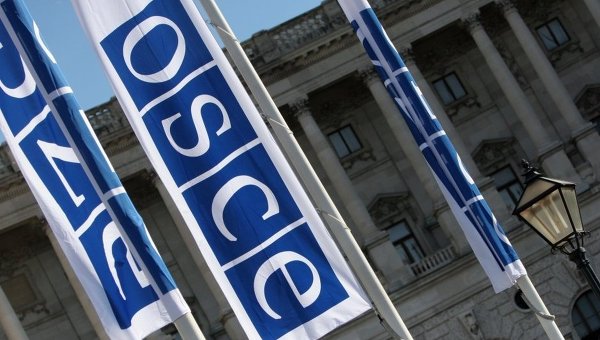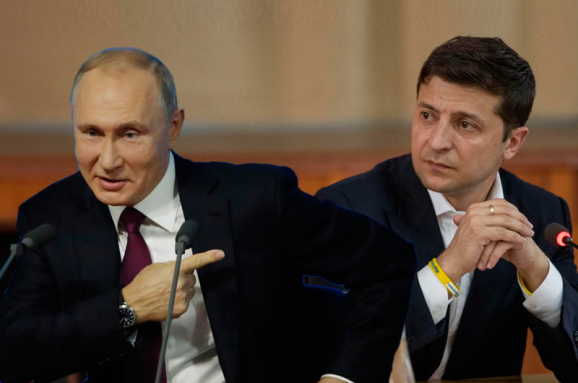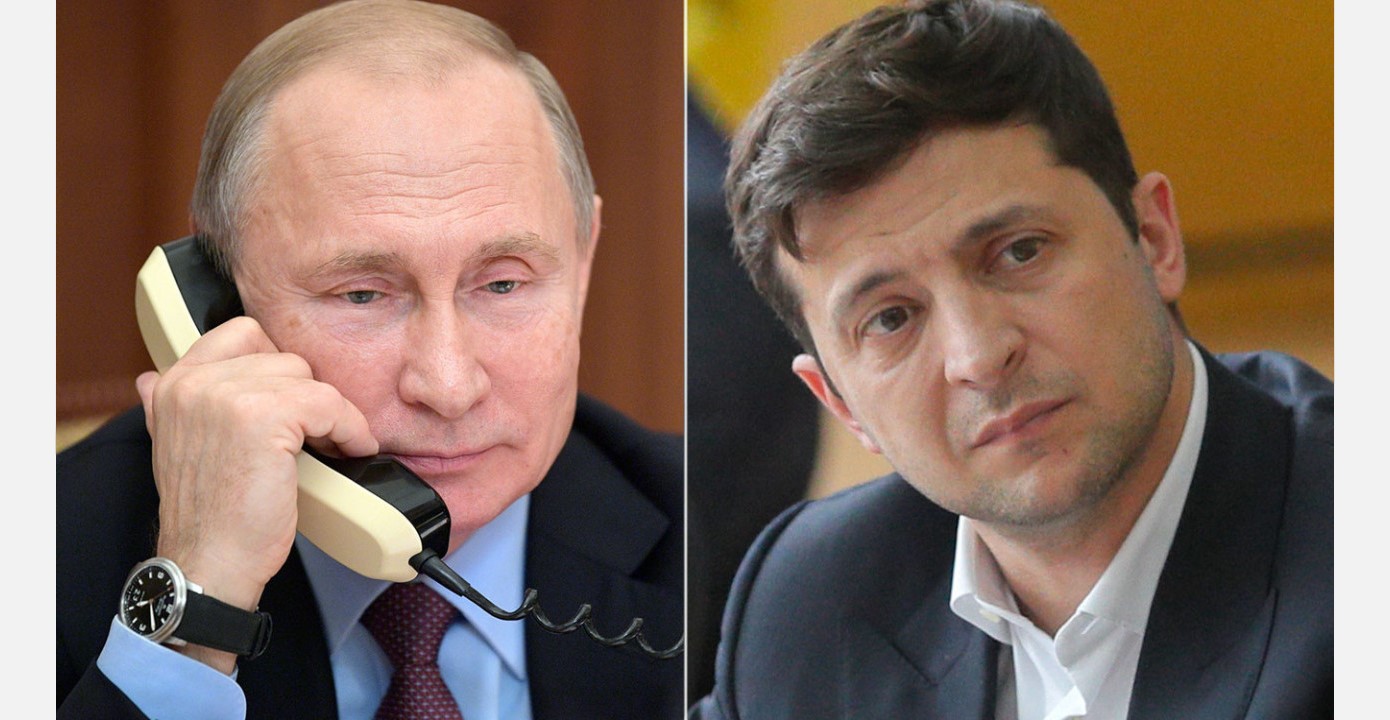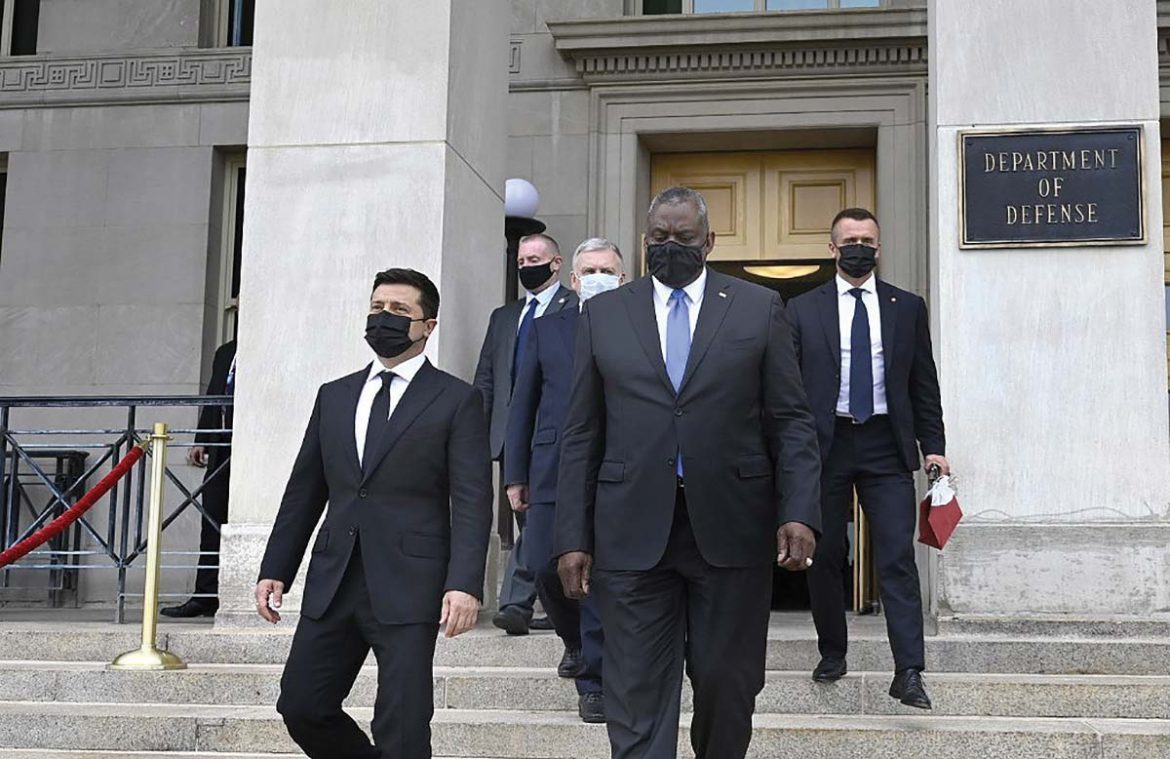The OSCE had mandated the OM in 2014 to watch the cross-border traffic, which at that time and thereafter included Russian military equipment and personnel en route to Russian and proxy forces in Ukraine’s Donbas. Those same forces control the Ukrainian (Donbas) side of the Ukraine-Russia border from 2014 to date. Russia, in a “goodwill” gesture, decided at its discretion to “invite” the OSCE to observe the border from the Russian side. However, the Observer Mission’s placement in Russian territory and crippling restrictions on its mandate by Russian fiat predetermined the OM’s ineffectiveness.
The border-watching Observer Mission has operated in isolation from the OSCE’s much larger Special Monitoring Mission (SMM). The latter is monitoring the ceasefire in Ukraine’s Donbas, handicapped by Russian-imposed restrictions on its movements and equipment. Those restrictions include lack of access to the Ukrainian side of the Ukraine-Russia border. Any effective border observation and ceasefire monitoring would have required a single mission or at least a joint operation of the SMM and the OM. Using its veto power, however, Russia did not allow the OSCE to integrate its two missions.
Operating separately from the SMM, therefore, the OM was confined to the Russian border-crossing points at Gukovo and Donetsk, both in Russia’s Rostov oblast (the Russian border village Donetsk is not to be confused with the city of Donetsk in Ukrainian territory). The OSCE adopted the Observer Mission’s mandate in July 2014, and the mission deployed that same month (see EDM, July 3, 10, 18, 2014), during the hottest phase of military hostilities, as Russian troops and arms were pouring across the border into Ukraine. Exploiting the Western governments’ and Ukraine’s sense of urgency to stem that flow, Russia was able to shape the OM’s mandate almost at will, crippling the mission from the outset. Western and Ukrainian diplomats apparently reckoned that accepting a defective mission was still better than having none at all; and some hoped to re-negotiate the mandate with Russia in due course.
Gukovo and Donetsk are only two out of twelve official border-crossing points from Russia into Ukraine’s Donbas. The Russian flow of military equipment and personnel into Donbas continued unimpeded and unobserved at the other crossing points.
The total number of OM observers at Gukovo and Donetsk has been only 22 (from multiple OSCE countries) at any given time. Russia imposed that numerical limitation within the mandate in order to preclude the OM’s presence at other border-crossing points. The observers were authorized to watch an area of just a few hundred meters on either side of the Gukovo and Donetsk border posts. The observers were not allowed to use binoculars, photographic cameras, or drones. Russia argued that these instruments were not included in the initial mandate, and refused to include them later on.
What the observers could do was simply to watch vehicles and travelers crossing the border in either direction. The OM counted them punctiliously and posted its reports on the OSCE’s website on a weekly basis (Osce.org, 2014–2021, accessed September 30, 2021). For several years, the OM reported the passage of thousands of vehicles and thousands of military-age males in military-style dress, though unarmed (these were widely believed to be issued with weapons in the Russian-controlled Donbas, but the OM could not express any such suspicion).
Trending Now
The Observer Mission looked at the truck convoys (many of them with the markings of Russia’s Ministry of Emergency Situation, a militarized institution), but the OM was not authorized to check the cargoes. It could, at most, see the closed crates aboard the trucks upon request. At Gukovo, the railroad track passes near the border station, and trains were regularly passing by. But the OM’s viewing position prevented it from actually seeing the trains; it could only report officially that it was hearing the sound of trains passing. Undoubtedly, the truck convoys and trains were supplying Russia’s and proxy forces in Ukrainian territory.
Ukraine, the United States and other Western countries frequently criticized the OM’s ineffectiveness and called for changes to the mission’s mandate in the OSCE’s Permanent Council in Vienna. It was all to no avail, because the OSCE as an institution has no power to override Russia’s vetoes.
Amid the obscurity surrounding the OM’s operations, the chief monitor, György Varga (Hungarian diplomat, heading this mission from 2017 through 2021), lifted a curtain’s corner in a rare interview with a Russian media outlet in Rostov in 2018. He said that, in four years of operation up to that moment, “the Mission has not ascertained [fiksirovala] any movement of arms and military equipment.” However, “[w]e are regularly being notified about the passage of humanitarian convoys by Russia’s Ministry of Emergency Situations. We count the trucks, they open the doors, we see the crates, but we as observers do not have the right to look at their content.” Moreover, “[w]e do not have the right to check people; we can only watch and compile the data… Data about the number of people crossing the border we receive from Russia’s border troops via Russia’s Ministry of Foreign Affairs, i.e., how many people came and went through Gukovo and Donetsk, from Russia and into Russia.” The OM’s cars “on their daily rounds are always escorted by local police.” And “Russia’s recommendations [sic] forbid us from using technical instruments, even binoculars, photo cameras, or smart phones such as almost everyone has in their possession. We only resort to visual observation” (Don24.ru, November 12, 2018).
This is the portrait of an OSCE mission paralyzed by its mandate, existing at Russia’s discretion as “inviting” country, and laboring under Russian supervision.
Read More:
- Russia shuttles residents of occupied Donbas to vote in Duma elections amid accelerated passportization
- Pregnant, tortured, seriously ill: the women devoured by concentration camp of Russian-occupied Donbas
- What would happen if Ukraine implements the controversial Steinmeier formula for Donbas?
- Russia’s ruling party starts campaigning in occupied Donbas for upcoming Duma elections
- Disinformation on the UN Charter as a tool of Russian imperialism
- Donbas “People’s Republics” are heading for de facto annexation by Russia, monitors say





